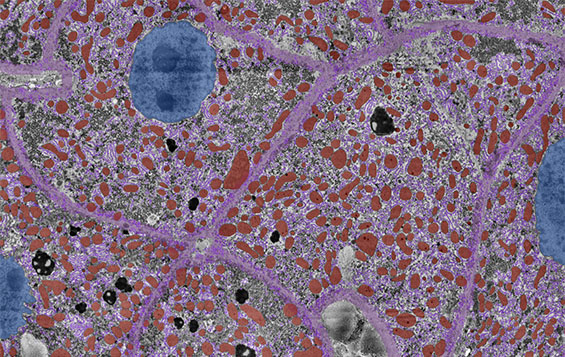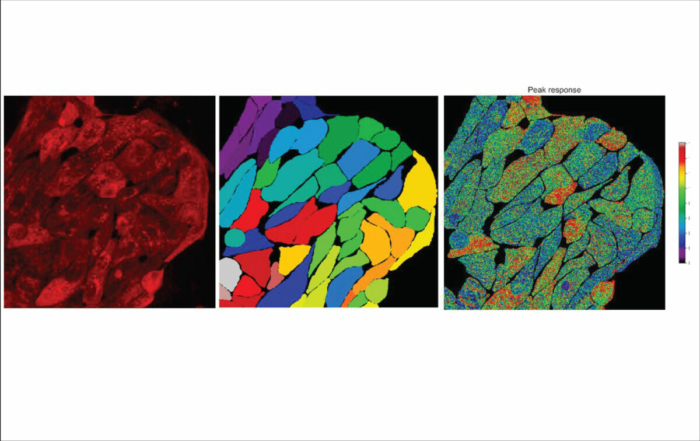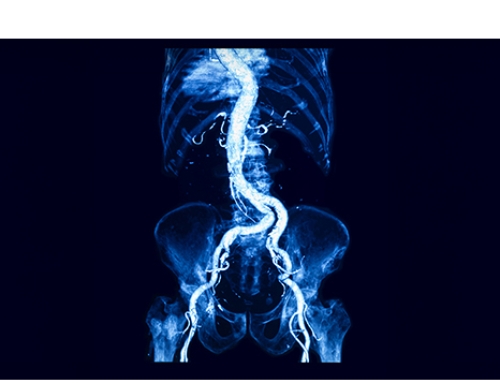
Liver disease takes 5000 Canadian lives every year. Out of around 1200 people on liver transplant waiting lists, approximately one third end up receiving a transplant each year due to a shortage of donor organs.
Medicine by Design has a flagship research program that is working at all levels – from foundational science to bioengineering to early-stage clinical translation – and in many disciplines to develop treatments for liver disease that can one day replace the need for liver transplant.
With a focus on harnessing the potential of stem cells and cutting-edge technologies, Medicine by Design is funding this large-scale, multidisciplinary research to drive breakthroughs in liver disease treatment.
Using stem cells for liver regeneration
Stem cell pioneer Gordon Keller, director of the University Health Network's McEwen Stem Cell Institute, leads a team of eight labs focused on harnessing the liver’s power to regenerate. Read more.
Mapping the liver
The University of Toronto's Gary Bader, along with University Health Network researchers Sonya MacParland, and Ian McGilvray, have collaborated on a world first: generating a “map” of all cells of the human liver. Read more.
Making a bile duct
The University of Toronto's Axel Guenther’s lab has developed collagen tubes that hold potential to be developed into lab-grown bile ducts, with the aim of being able to replace this part of the organ in a patient. Read more.
Studying cystic fibrosis-linked liver disease
Christine Bear's lab at The Hospital for Sick Children (SickKids), along with other labs, is working on treating cystic fibrosis-linked liver disease with regenerative medicine approaches. Read more.
Moving liver cell therapy toward the clinic
Shinichiro Ogawa, a scientist at the McEwen Stem Cell Institute, University Health Network, is focused on the early-stage translation of the liver cells from experiment to clinical application. Read more.







